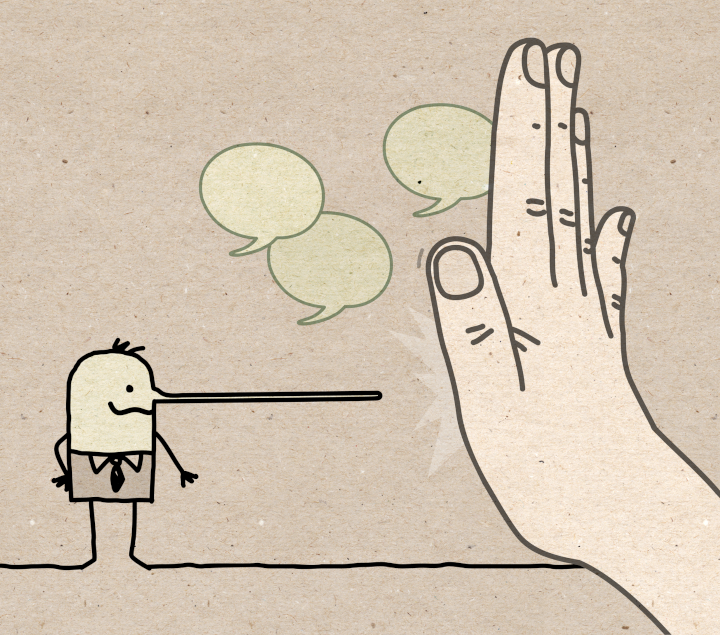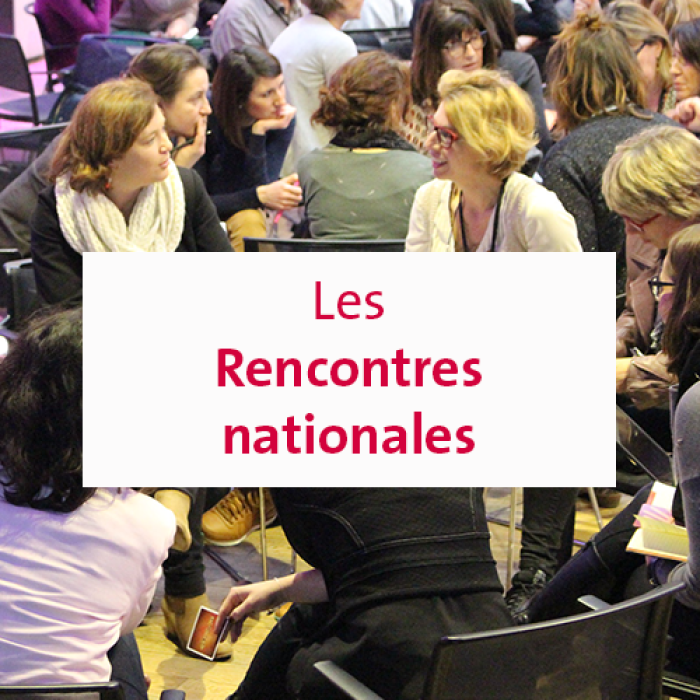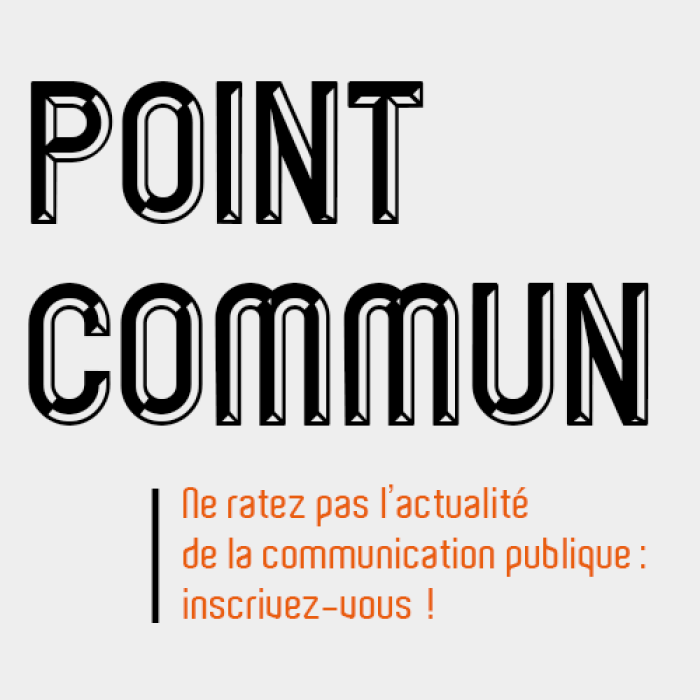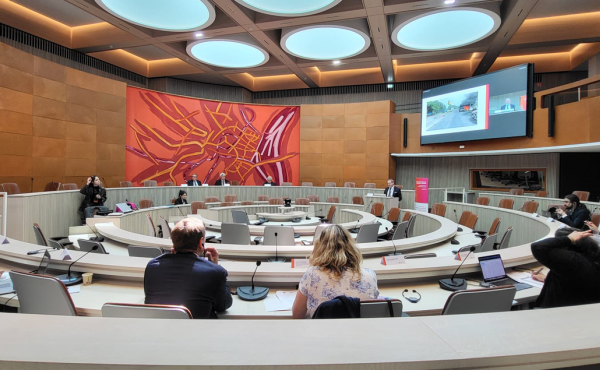
Five safeguards against fake news
Whether in the form of conspiracy theories, false information, offensive influence or alternative truths, public communicators have a duty to treat fake news as a crisis, in other words as a situation that could jeopardise the trust in public institutions and their representatives that is needed for democracy. We must neither minimise nor over-react, but deal with the complexity and uncertainty that crises can entail. Each situation requires a separate analysis and discernment, although best practice in crisis communication can provide guidance on the crucial steps involved in identifying and preventing the risk of disinformation, and limiting its impact. A 5-step survival checklist.
Nathalie Maroun, director of Element consultants and an expert in crisis management and communication, gives us a summary of her talk on the similarities between crisis communication and combatting fake news at the 2nd International Seminar for Public Communicators in Strasbourg.
1. Identify and mitigate the risk
Like any crisis, disinformation stems from existing vulnerabilities and our ignorance of them. That's why it's important to understand the risk: what a disinformation campaign is, how it spreads, and which audiences are likely to be susceptible. For instance, disinformation campaigns on public health issues spread more quickly among young parents, who are concerned about their children's health.
So how do we do this?
• Identify sensitive subjects that are likely to feature in disinformation campaigns. These may be linked to current events (elections, for example) or to a specific context (health, environment, public finances, etc.).
• Set up appropriate monitoring mechanisms. Even if you don't speak out on a sensitive subject, the social media may well pick up on it, using an agenda that you don't always control, because you don't have a monopoly on communication.
• Identify the "preventive measures" and communication actions to be rolled out as a preventive measure to mitigate the risk of disinformation. The more complex and nuanced a subject, the greater the risk of disinformation based on a Manichean oversimplification. Take the time to explain. People who understand a subject are more likely to be sceptical about disinformation.
2. Make sure you’re tackling the right crisis
When faced with communication that you consider disinformation, the response must be both rapid and reliable. It's important not to confuse the objective. The purpose of responding to fake news is not to fuel the debate, or to prove that you are right, but to:
• limit the spread of the disinformation campaign;
• prevent it from having an impact on a previously unexposed audience;
• make sure doubt doesn’t compromise the desired behaviour. For example, the fall in cinema attendance linked to an operation to exaggerate the invasion of bedbugs.
In short, set out clearly what you need to protect, which also entails accepting to identify what you agree to forfeit.
3. Call a spade a spade
It's very difficult, if not impossible, to prove that something that doesn't exist doesn't exist, and the complexity of responding to a disinformation campaign stems from this fact.
Especially as disinformation feeds on confusion, approximations and convictions presented as scientific truths. Let's not forget that Cartesian doubt is fundamental to the scientific approach.
To counter the disorder caused by disinformation, it is essential to:
• distinguish experience from expertise, and opinion from facts. When faced with disinformation, public communication has a responsibility to use only proven and verified facts;
• distinguish what is likely from what is true. The challenge for public communication is to rely on true information in order to build consensus, even if some members of the public may find false but plausible versions, based on comforting thought patterns and cognitive biases, more reassuring;
• stating what the situation is, rather than trying to deny what it is not. “No, the town council does not give extra money to this or that association” is barely audible in the face of the doubt induced by the possibility of this accusation. Instead, open and transparent information on the allocation of all subsidies will not convince everyone, but it will prevent doubt from spreading far and wide.
4. Don’t do it on your own
Information does not circulate on its own. It is carried by vectors, individuals, groups or media who ensure it spreads, knowingly or sometimes unknowingly.
When faced with disinformation, remember that the reliability of the information is just as important as its accessibility. Moreover, information, driven by algorithms, tends to flow through defined social bubbles. To counter this:
• identify audiences that you can easily reach, such as subscribers to a social network page;
• identify ambassadors and communities whose role is not to repeat your message but rather to act as a link to one or more social bubbles, adapting your communication to their questions, issues and sensitivities;
• train your teams to identify the risks of disinformation through critical thinking.
5. Maintain a relationship of trust
Fear thrives on the unknown, and disinformation campaigns rely heavily on fear. Preventing the risks of disinformation is a long-term process, based on a relationship of trust with both the public and the media, through sustained dialogue and respect for each other's beliefs. Underlying disinformation is a profound fragility in our models of critical thinking and a trust in public institutions and science that is often called into question. A relationship of trust can only be built by casting aside arrogant certainty, which refuses to engage in dialogue, or which minimises the fears that lie behind fake news. Scientific experimentation proves that vaccines are safe, but the fears of young parents are legitimate and to call it a conspiracy theory is to shut down any possibility of dialogue. And where would public communication be without dialogue?





